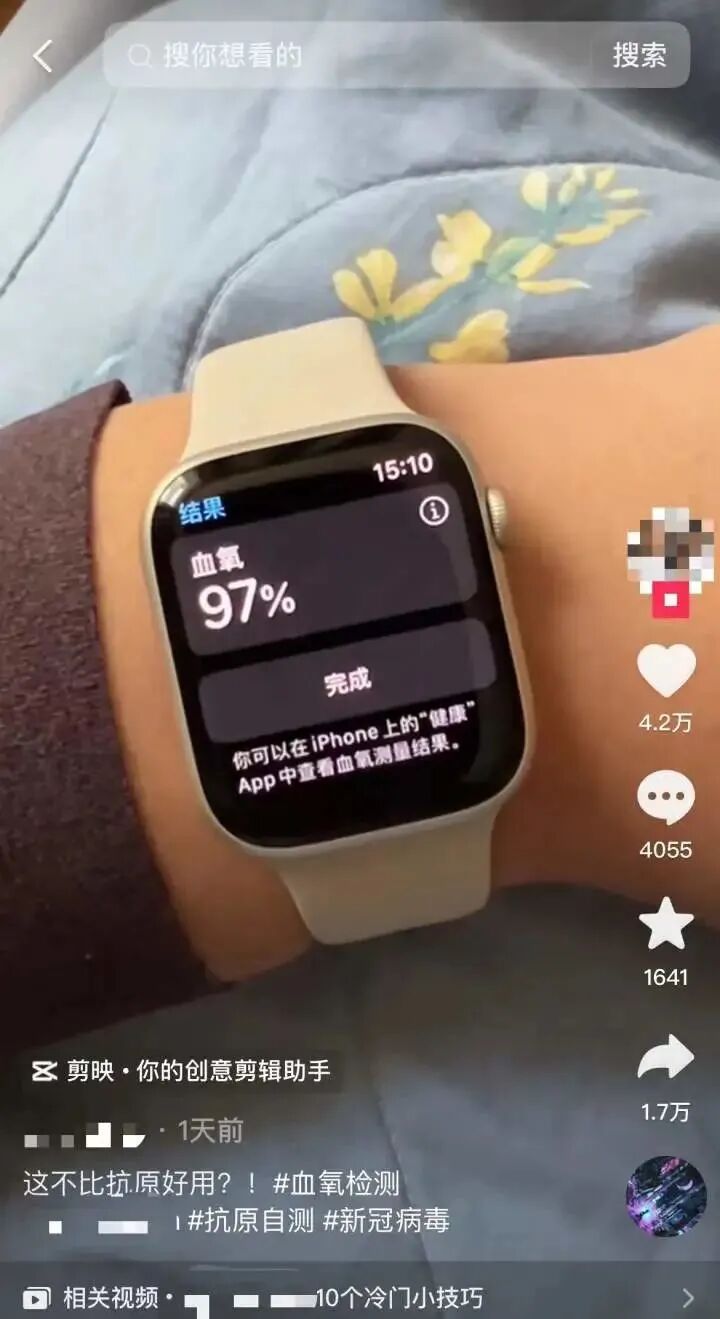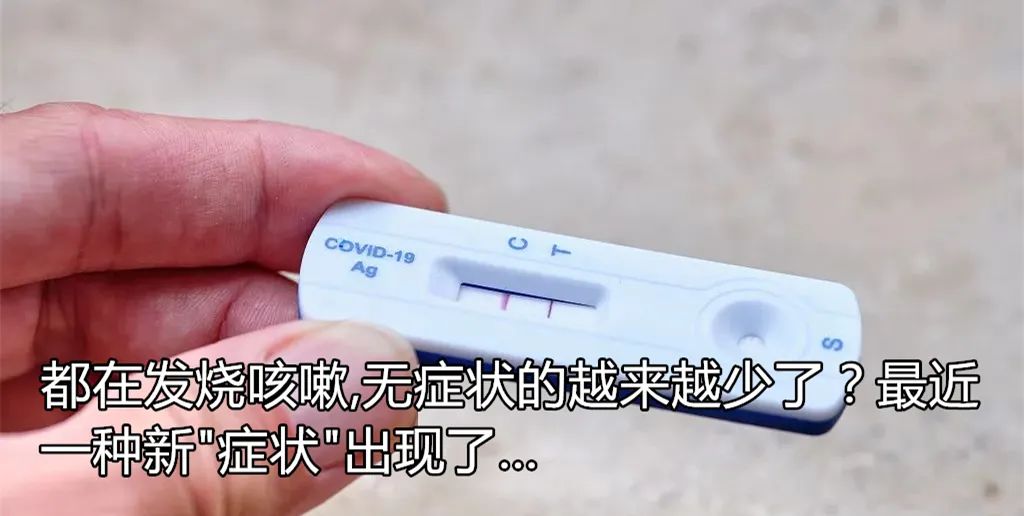
Recently, many netizens have been sharing what they call “alternative solutions for antigen testing” on online platforms.
This involves using smart wearable devices
to measure blood oxygen saturation levels.
A high value indicates a negative result, while a low value suggests a positive result.
In response, netizen Mr. Hao expressed confusion:
Is this method reliable?

This morning (December 20), a reporter opened a certain platform and found that under the “blood oxygen testing” topic tag, the topic had over 8.72 million views, with many accounts showcasing their smartwatches or wristbands, introducing the “alternative solution” mentioned by Mr. Hao.
One widely used original post claimed: “Using a smartwatch to measure blood oxygen is better than scrambling for antigen tests; if it’s below 80%, you are very likely positive; normal is above 95%…”
Similar sharing posts can also be found on other platforms.

So,
can measuring blood oxygen saturation with a smartwatch or wristband really replace antigen testing?

In this regard, the reporter consulted Dr. Shen Ling, the chief physician of the Respiratory Department at Hangzhou First People’s Hospital. Dr. Shen stated that using blood oxygen saturation to determine whether one’s antigen is negative or positive is unscientific.
He also pointed out that blood oxygen saturation is indeed one of the health indicators of the human body, reflecting whether our organs are in a state of low oxygen. For example, brain hypoxia can lead to confusion; heart hypoxia can cause angina; liver hypoxia can lead to decreased metabolic function… However, the accuracy of measurements from smart wearable devices is yet to be confirmed; in contrast, values obtained from home blood oxygen monitors are generally more accurate.
Dr. Shen explained that generally, normal individuals without oxygen supplementation have blood oxygen saturation levels between 98-100%; if it falls below 95%, it warrants attention; below 90% suggests immediate medical attention. He also reminded that not all individuals infected with COVID-19 need to seek hospital care; if symptoms like fever persist for only 1-2 days and blood oxygen saturation remains at normal levels, it is advisable not to visit the hospital to avoid overwhelming medical resources.
Editor | Jin Yingying
Source | Qianjiang Evening News·Hour News (Intern Reporter: Ma Qinglong)
Recommended Reading






 Share
Share Like
Like View
View